Coastal Storms | Extreme Weather
October 12, 2024
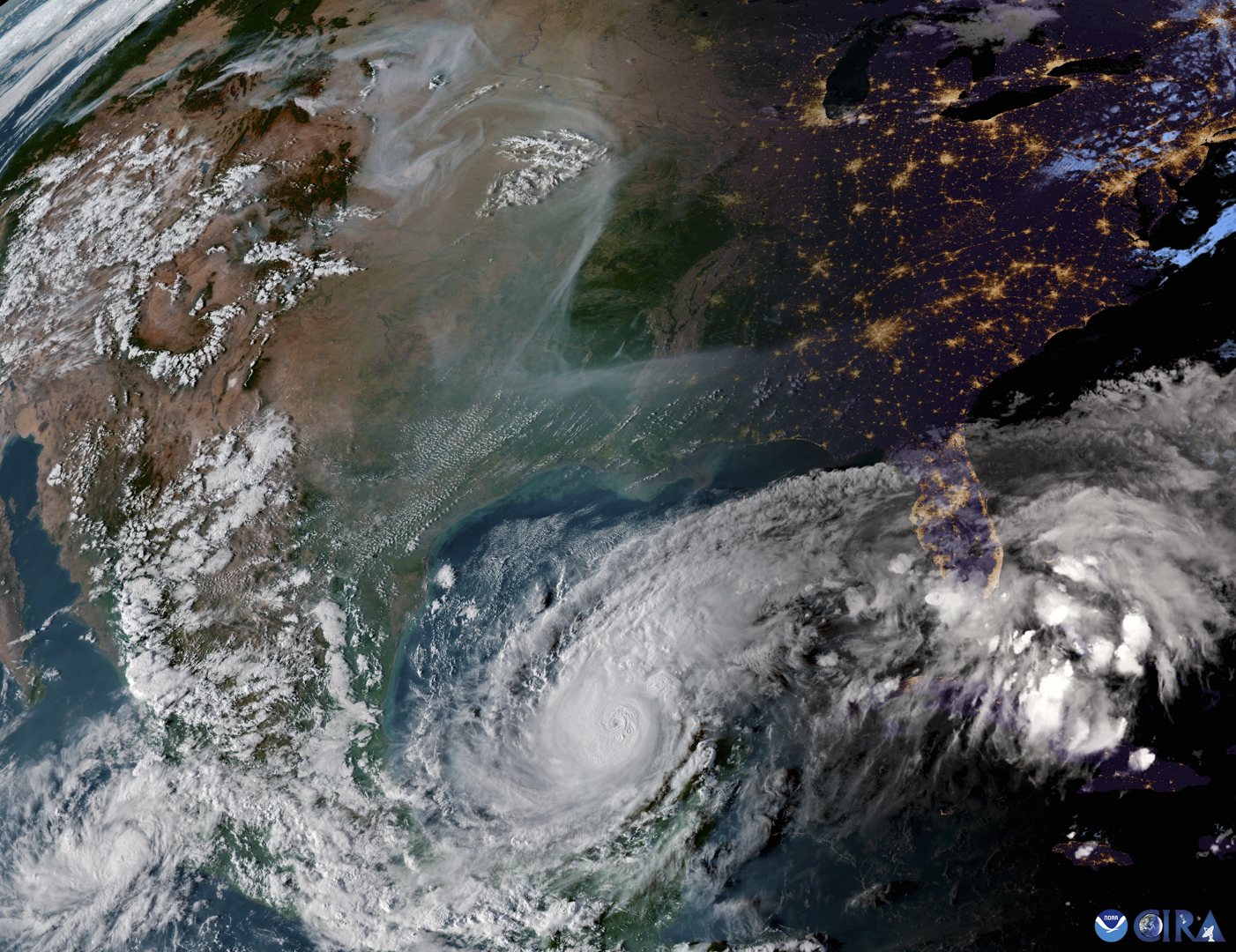
After Helene and Milton, residents of Casey Key question its future – the Washington Post
Excerpt:
Two back-to-back destructive storms make some ponder the burden of the barrier island’s beauty. Will they rebuild again or give in to climate change?
Dozens of piles of soggy furniture and other debris, coated in sand this week by Hurricane Milton, marked the homes that had flooded last month during Hurricane Helene. Most of those were older, single-story homes on the gulf side, but there was debris outside the Spanish-tiled villas on the other side of the road, too. Earth movers struggled to reconstruct a temporary road installed after Helene.
Massive pines, palms and other tropical trees that made up the key’s lush canopy had toppled in high winds. Underground power lines poked from the sand.
“We had just put everything back together,” he said. But now, “the island is unrecognizable.”
Bain, 45, moved here four years ago from New York with his wife. They have two daughters, ages 3 and 17 months. They were honoring his late mother-in-law’s wish that the house stay in the family, Bain said, and had hoped to pass on the blue single-story 1950s beach bungalow. They installed hurricane-safe windows and doors before the storms, ensured everything was up to code and sealed all they could, he said, but “water finds a way” — specifically, a hole behind the washing machine.
Now, Bain is not sure the eclectic paradise is worth the price, and he — like other residents — is grappling with questions whose answers could shape the future character of Casey Key and Florida’s other distinctive barrier islands battered by recent storms. After two massive landfalls in as many weeks, driven by climate change that ensures more in the future, can they survive the threat of seasonal destruction? Would engineering ways to improve their odds alter the natural beauty that drew them here? At what point is it better, easier even, to leave?
“Even my wife is questioning do we want to stay here,” Bain said as neighbors crept past him under a light rain Friday, carrying supplies and looking grim. “To do it once is one thing. But twice? It can’t be something that happens every year. We can’t afford it…”
NBC News (10-10-2024)
NBC News (10-10-2024)
CNN (10-10-2024)
As Hurricane Milton continues to move toward the Atlantic Ocean, residents in Florida are assessing the damage and power outages as rescue crews sweep flooded areas.
CNN's Isabel Rosales is on the scene in Hillsborough County where rescue operations are underway in an assisted living facility. Later, CNN's Kate Bolduan speaks with U.S. Federal Emergency Management Agency (FEMA) Administrator Deanne Criswell about the damage Hurricane Milton left behind.
More on Coastal Storms | Extreme Weather . . .
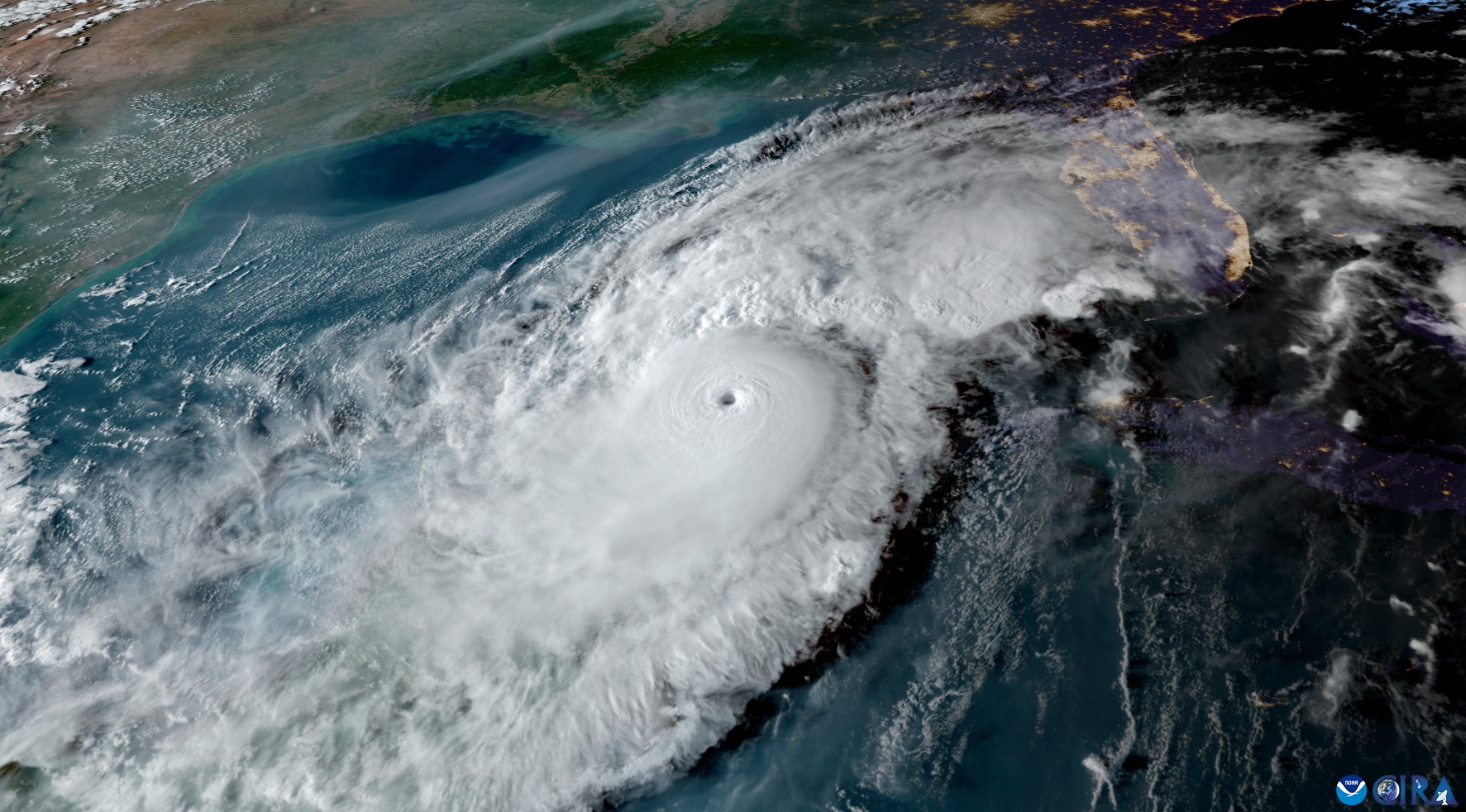
Hurricane Milton Is Terrifying, and It Is Just the Start | Opinion – the New York Times
As Hurricane Milton roars toward Florida’s west coast with winds that spiked to a staggering 180 miles per hour, we are witnessing a new reality. Supercharged hurricanes are no longer outliers, freak disasters or storms of the century…

Photos: The Aftermath of Hurricane Helene – the Atlantic
Late Thursday night, Hurricane Helene made landfall in Florida as a Category 4 hurricane, with winds gusting up to 140 mph…Millions remain without power as first responders work to reach those in need and search for survivors…
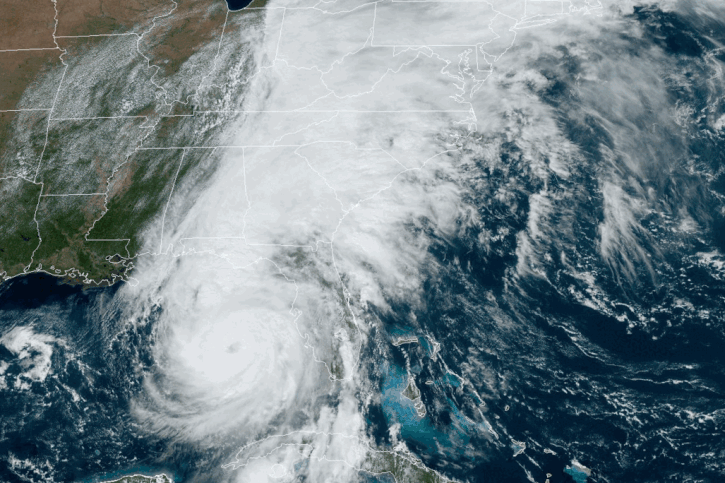
Hurricane Helene’s ‘historic flooding’ made worse by global heating, Fema says – the Guardian
It will be ‘complicated recovery’ in five states, says disaster relief agency, with hurricane killing at least 91 people so far…
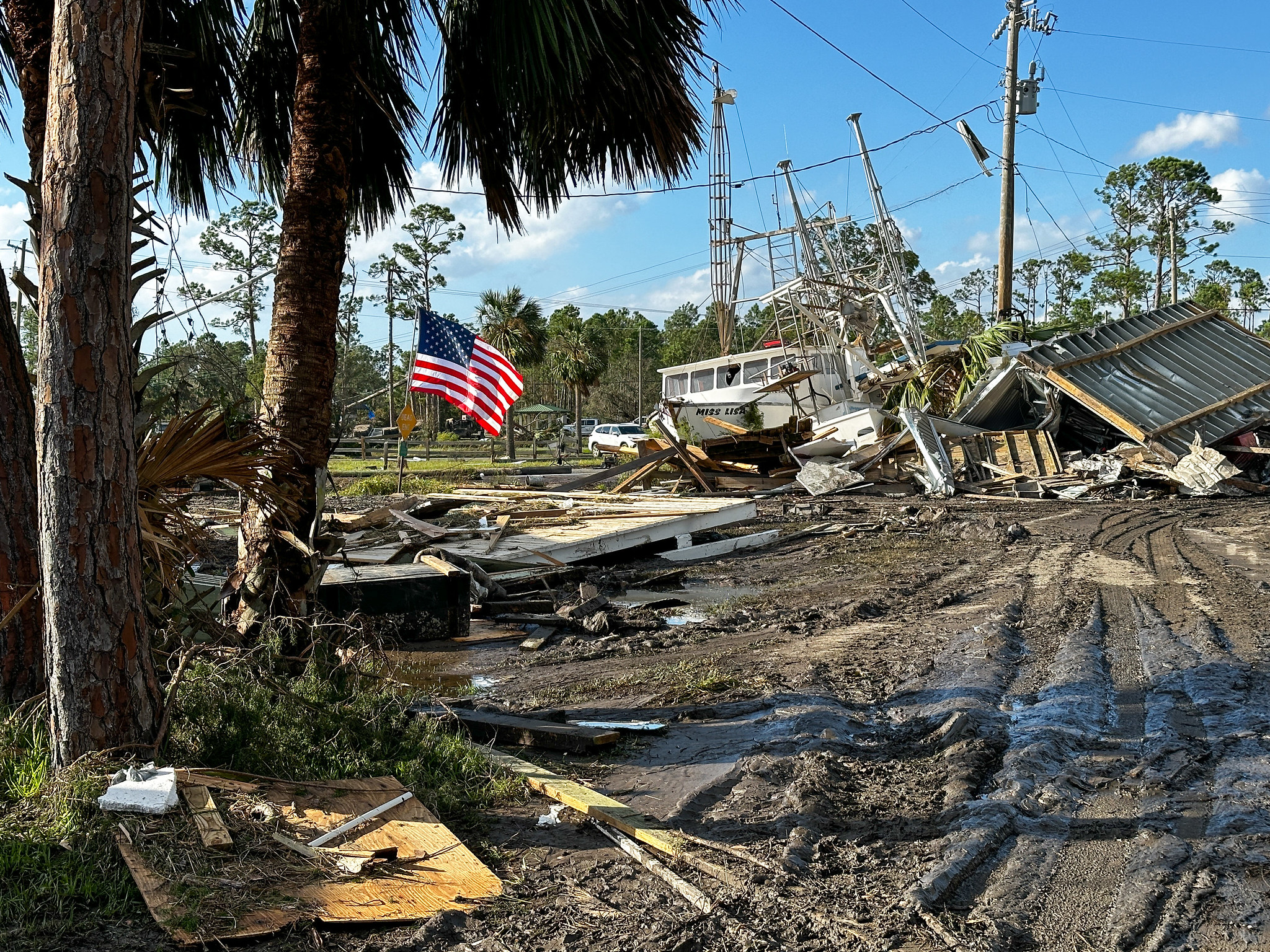
Helene Has Killed More Than 110 People, Here Are Some of Their Stories – the New York Times
After the Category 4 hurricane made landfall on Florida’s Gulf Coast and pummeled the Southeast, some victims’ portraits were coming into focus…
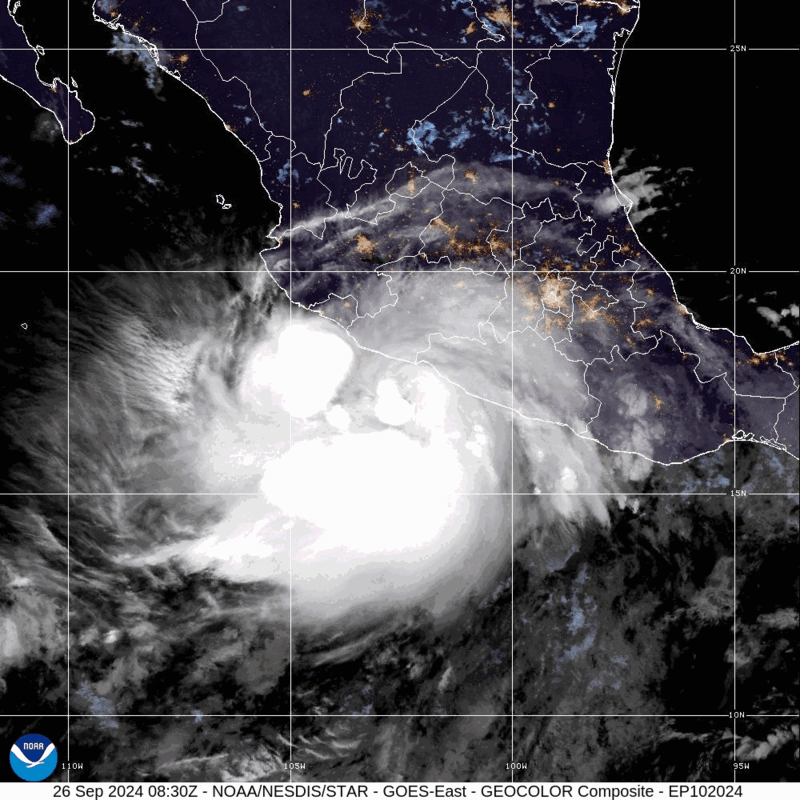
John Regains Hurricane Strength as It Marches Toward Mexico – the New York Times
John, which battered western Mexico as a Category 3 storm earlier this week, was expected to make landfall there again on Friday…
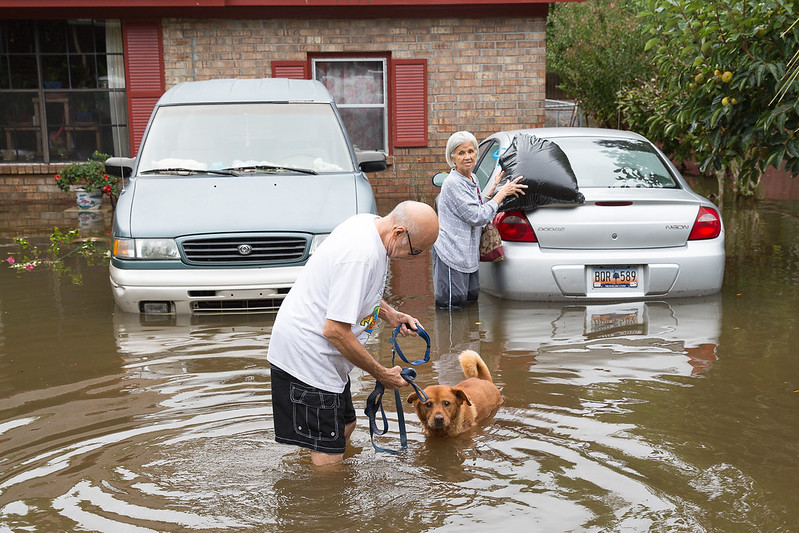
In Charleston, floods are a ‘constant existential fear’ – the Washington Post
Charleston, S.C., is weary from a parade of floods that go back a decade. The city is taking action to confront the risk, but Debby offered more proof of how tall a task it faces….

Photos: Beryl makes landfall on Texas coast as Category 1 storm – the Washington Post
Hurricane Beryl headed to Texas after hitting Mexico and leaving a trail of destruction across the eastern Caribbean…
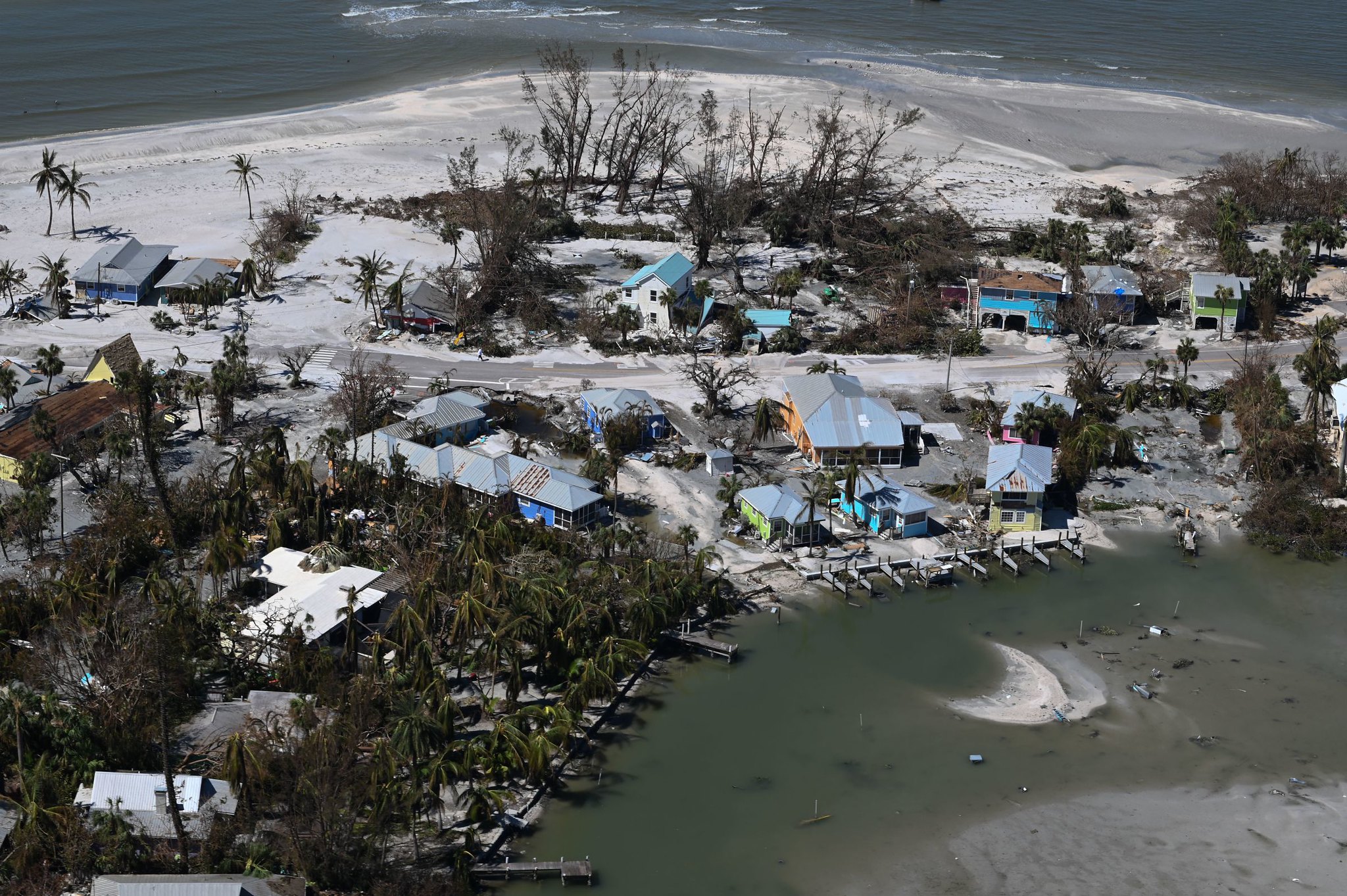
Washed Away – AARP
As more older Americans move to the coasts, rising seas are wiping out their homes — and retirement dreams…
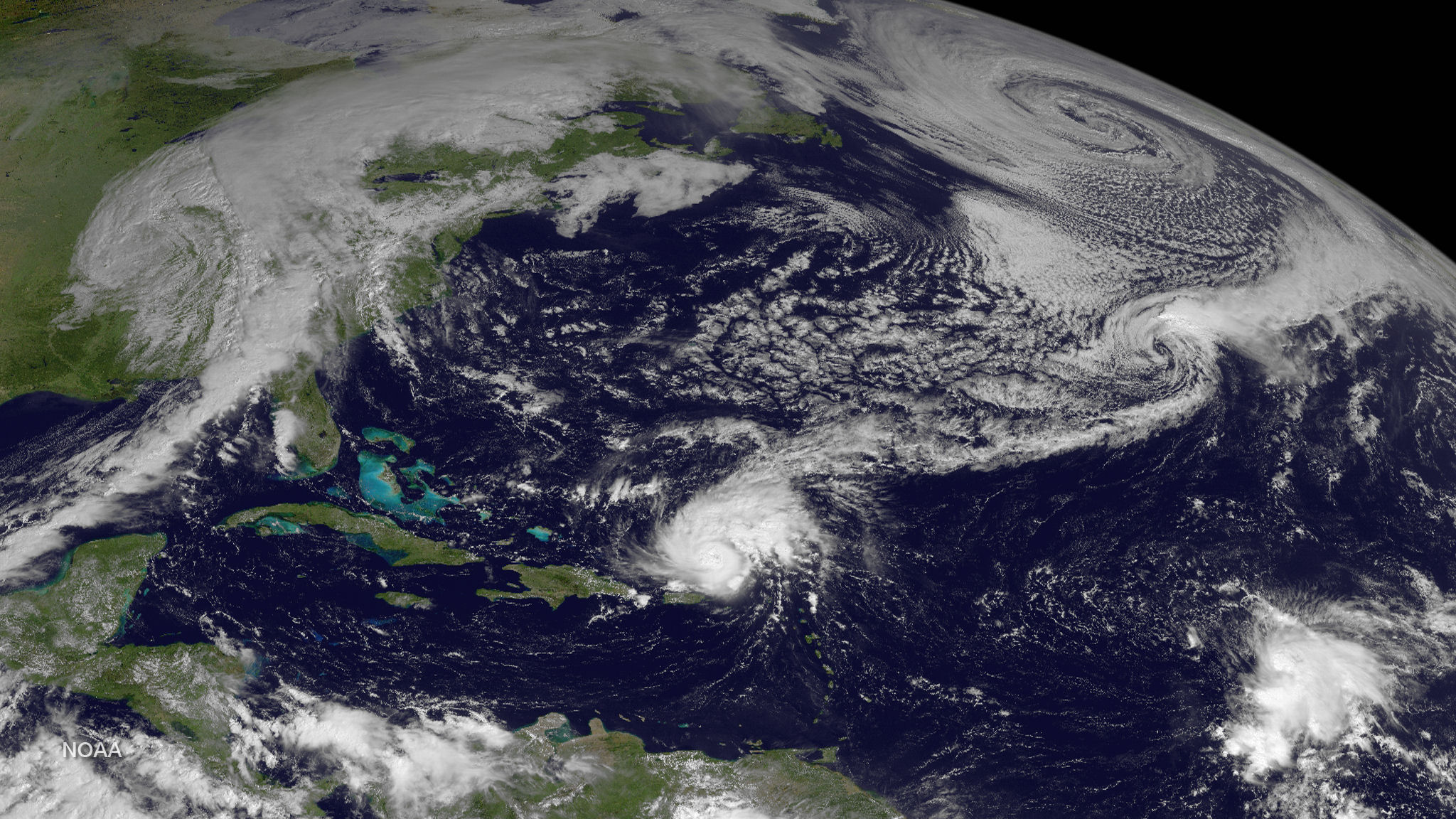
How this summer’s brutal hurricanes might one day save lives – Grist Magazine
Cyclones aren’t just made of wind and rain — they’re full of data. That’ll help researchers improve the forecasts that determine whom to evacuate…
